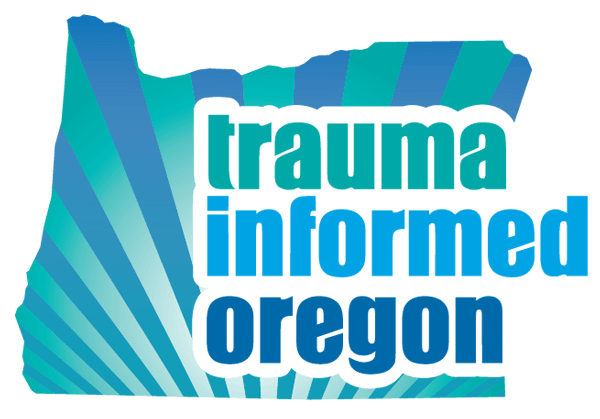Blog
 Welcome to the Wellness Center!
Welcome to the Wellness Center!

From Ann Hargraves, MA, Behavior Specialist, and Jennifer Johnson, MAT, Behavior Specialist, Hillsboro School District, Oregon
Like many other school districts, we were struggling mightily with the excessive challenges of unexpected and unsafe behaviors that were happening in our K-2 grade levels. We needed to do something! One of our administrative leaders read Fostering Resilient Learners by Kristin Souers and Pete Hall, where the mention of a wellness center/room stuck and inspired him to action. Soon after, a clear idea and strong intention became our mission to support student and staff understanding and implementation of emotional literacy and self-regulation in our school buildings.
How We Created and Began Our Trauma Responsiveness and Resilience Skill Building
We then took on the task of designing spaces to be learning classrooms for emotional regulation for all students. These wellness rooms were built with the idea of reducing the reactionary handling of unexpected behaviors and increase more proactive responses, while adding prevention practices for success. Each room was set up with spaces that allow students to explore different methods and strategies that worked for their own personal regulation. A clear entrance routine, structured time at a station, and a reflective debrief with a highly trained staff member, built students’ toolboxes for success.
Along with these learning spaces, here’s what we did to maximize our mission of becoming a trauma invested school district:
 We engaged support from leadership (district executives, building administrators, School Resource Officers, and community) with the clear goal of having designated spaces in data-determined school buildings where students would learn about emotions and be able to explore and practice ways of managing them.
We engaged support from leadership (district executives, building administrators, School Resource Officers, and community) with the clear goal of having designated spaces in data-determined school buildings where students would learn about emotions and be able to explore and practice ways of managing them.- Initiative leaders promoted and shared the goal through action and implementation of training and professional development. Included in the plan was the raising of teacher and staff awareness of the impact and prevalence of trauma and the importance of self-care.
- Wellness center instructors received specialized training throughout the year which was and is crucial in keeping clear the role and responsibilities as an instructor and NOT a crisis manager or responder. It is also very important to hold the integrity of the wellness space as safe and uncompromised by only allowing trained instructors to operate the rooms. Both of these factors are key to the success of our centers.
 Spaces (wellness centers) were created and supplied for safe sensory and emotional learning along with the routine practice of self-calm and self-regulation skills. As learning spaces, students and staff were clearly instructed that being in the “green zone” was the best way to gain benefit from the space.
Spaces (wellness centers) were created and supplied for safe sensory and emotional learning along with the routine practice of self-calm and self-regulation skills. As learning spaces, students and staff were clearly instructed that being in the “green zone” was the best way to gain benefit from the space.- Finally, it was and is vital to promote and advocate the district’s continuing commitment to these practices and spaces with care and attention in order to sustain and grow the success of this trauma informed investment.
We are now in the fourth year of having wellness centers. We are pleased with how they have been an anchor in our district’s growing trauma invested practices.

 We engaged support from leadership (district executives, building administrators, School Resource Officers, and community) with the clear goal of having designated spaces in data-determined school buildings where students would learn about emotions and be able to explore and practice ways of managing them.
We engaged support from leadership (district executives, building administrators, School Resource Officers, and community) with the clear goal of having designated spaces in data-determined school buildings where students would learn about emotions and be able to explore and practice ways of managing them. Spaces (wellness centers) were created and supplied for safe sensory and emotional learning along with the routine practice of self-calm and self-regulation skills. As learning spaces, students and staff were clearly instructed that being in the “green zone” was the best way to gain benefit from the space.
Spaces (wellness centers) were created and supplied for safe sensory and emotional learning along with the routine practice of self-calm and self-regulation skills. As learning spaces, students and staff were clearly instructed that being in the “green zone” was the best way to gain benefit from the space.